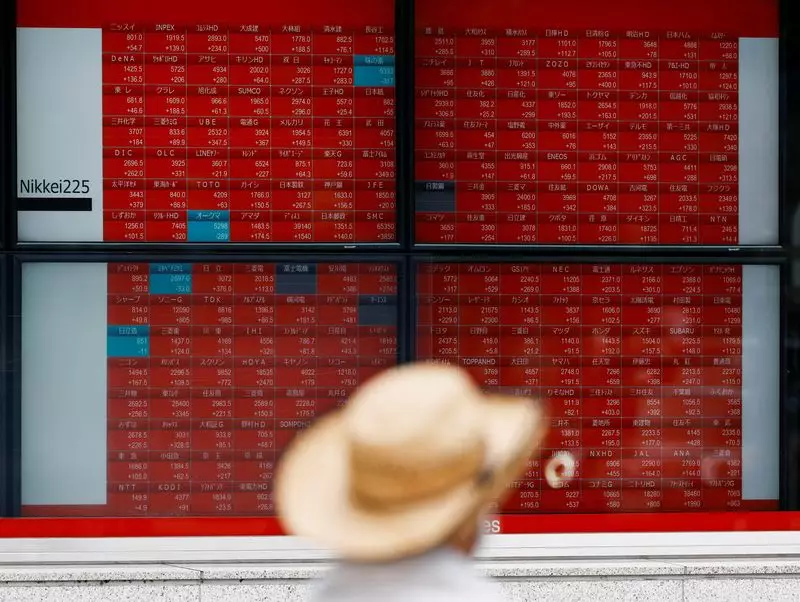Recent days saw Japanese stocks gaining traction, with the Nikkei surging by 2.2% as optimism in the market grew. The weak yen has become a source of encouragement for Japanese exporters, who are poised to benefit significantly from favorable exchange rates. Market analysts are increasingly believing that the Bank of Japan (BOJ) will refrain from aggressive rate hikes as new Prime Minister Shigeru Ishiba confirmed that the nation is not prepared for immediate increases. This dovish sentiment has translated into a weaker yen, with the dollar trading at around 146.84 yen—close to its highest level in a month.
This strategic pause in tightening monetary policy indicates a shift in focus towards stabilizing the economy rather than constraining it in pursuit of inflation targets. Tony Sycamore from IG expressed that this sets the stage for potential rate hikes being pushed further into the future, with hints that any tightening may not occur until 2025. The implication here is that the dollar/yuan exchange rate may be influenced predominantly by developments in the U.S. economy rather than domestic Japanese policies, shifting the dynamics of currency trading in the region.
Shifting our gaze to Europe, the euro has faced substantial pressure, reflecting growing concerns regarding the European Central Bank’s (ECB) monetary trajectory. Influential ECB member Isabel Schnabel recently fueled speculation regarding a potential rate cut over the next two meetings in October and December, citing expected declines in inflation. Amid such gloomy forecasts, the euro oscillated around the $1.1040 mark, precariously perched near its critical support level of $1.10.
The reality is that the European economy seems to be teetering towards sluggishness, causing market players to speculate on the ECB’s actions. With futures indicating a lower likelihood of rate increases, a clear narrative is emerging: the expectation for sustained economic recovery is waning. This might catalyze further volatility in currency markets as traders react to changes in sentiment and policy direction from Europe.
Meanwhile, geopolitical uncertainties, notably in the Middle East, have not gone unnoticed by financial markets. Recent escalations involving Israel and Hezbollah have raised alarms, leading to “safe-haven” flows into commodities and bonds. The response has been an uptick in Treasury yields, reflective of a market anticipating resilience in the U.S. economy amid potential global disruptions.
In this environment, the cyclical adjustments in the equity landscapes continue to unfold. Wall Street mirrored this sentiment with modest fluctuations as Treasury yields adjusted in response to the robust private payroll report. It seems that markets are poised at a crossroads; the interplay of geopolitical developments and domestic economic indicators will likely define short-term trading directions.
Over in Asia, market conditions illustrated a divergent path. The Hang Seng index, for instance, experienced a halt in its remarkable rally, declining 2.5% after an impressive surge, while mainland Chinese markets remained inactive due to a holiday. This showcases the precarious balance in Hong Kong as investor optimism mingles with volatility, particularly after recent stimulus measures from China aimed at reviving its stalling economy.
Even amidst the dips in certain Asian markets, the overall economic narrative remains optimistic, bolstered by the stimulus efforts and expectations of robust recovery. Yet, as observed with the volatile behavior of equity indices, investor sentiment can shift quickly, highlighting the necessity for keen vigilance among analysts and investors alike.
Today’s financial ecosystem is characterized by an intricate blend of economic indicators, geopolitical events, and shifting monetary policies. The outlook in Japan remains relatively stable with supportive conditions for exporters, while Europe grapples with imminent rate cuts amidst inflation challenges. Additionally, the geopolitical climate adds another layer of complexity, influencing commodity prices and safe-haven asset flows. As such, investors must remain informed and adaptable, recognizing that the interplay of these various elements will be pivotal in shaping market movements.

